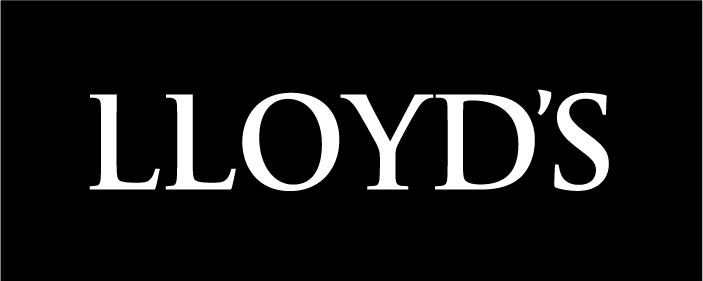Forecasts & Results
Lloyd’s FY21 results: the return to an underwriting profit with a combined ratio of 93.5%
Posted 24/03/2022 – Quick takes

Lloyd’s has this morning reported its results for the financial year to 31st December 2021.
John Neal (CEO of Lloyd’s) opened the results meeting with an observation that 2021 already feels like a long time ago, with the challenges of last year already replaced by new ones, not least the conflict in Ukraine. He reiterated that Lloyd’s continues to work with the government and regulators to play its role in implementing sanctions upon Russia.
Despite the on-going impact of COVID-19 on economic activity, Lloyd’s has delivered a welcome result for 2021 with a combined ratio (CoR) of 93.5%, representing a c3.5 ppts improvement since FY20 excluding COVID-19 and its best level since 2015. The attritional loss ratio (ALR) has also improved by a similar amount to 48.9%. Major claims added 11.2 ppts to the combined ratio versus 23 ppts in 2020.There has been continuing positive rate momentum on a risk adjusted (and post-inflation) basis. The rating improvement of +10.9% in FY21 was ahead of expectations. Syndicate business plans for 2022 are all subject to locking-in minimum levels of risk adjusted rating change (RARC) improvements (after inflation), particularly critical at a time of heightened economic & social inflation.
The direct exposures to Ukraine and Russia are calculated to be less than 1% of Gross written premiums (GWP). Whilst the war in Ukraine will be a major loss for the market, it is not forecast by Lloyd’s to be a threat to market solvency. The executive said that it may take years to understand the full impact of the war in Ukraine, but Lloyd’s will continue to monitor the situation and provide updates as necessary.
GWP in 2021 were up 10.4% on FY18, despite a very significant remediation of unprofitable business in the intervening period – largely due to a RARC of 27.1% over that period (and the market has now seen 17 quarters of positive RARC). The attritional loss ratio improvement is a direct attestation to these rate and remediation actions. Further work will be required to improve the expense ratio because at Lloyd’s it is c6% higher than its peers (albeit down from a c10% gap), requiring at least a further c4% improvement.
Performance will remain the number one priority for Lloyd’s and despite the improvements, the Lloyd’s executive reiterated that there is still much work to be done in terms of underwriting standards and the market expense ratio (which has improved by c4 ppts to 35.5%). The on-going digitalisation of the market (which should eventually cover c85% of market volumes) should help in this regard.

The balance sheet is strong with an increased solvency ratio of 388%. Lloyd’s continues to enjoy strong and stable credit ratings.
The Central Fund cover, purchased in 2021, supports the future growth of the market by freeing-up c£2bn of capital. Credit ratings are robust and the overall cost of capital for Lloyd’s (c6.5%) is at least as good as any of its peers.
2021 investment return was c1.2% (vs. 2.9% in 2020), which the Lloyd’s CFO sees as “quite a good” result in the circumstances. The asset allocation of the central fund remains conservative, with c86% of capital invested in core assets. The fixed income book may face further capital losses given the inflationary environment. The Ukrainian environment will probably lead to more volatility in capital markets and central banks are likely to continue to raise interest rates.

The market is now in a position where the executive will permit growth for both volume and price. An historic reduction in CAT exposures has reduced the volatility of returns. For the attritional loss ratio to be maintained below 50% in the future, improvements in RARC and underwriting performance will be critical. Lloyd’s is happy to take on CAT risk, but the nature of that CAT risk must be better understood. Some of the future improvements in the Lloyd’s expense ratio may be used to support CAT underwriting.
Historic reserving for casualty books is also an area that will need to be monitored, with recent huge (primarily punitive) damages being awarded by US courts seeing c£300m of reserves being deployed to bolster historic years.
Alpha Comment
Despite the challenges of 2021, including natural catastrophe losses and the on-going impact of COVID-19 on economic activity globally, Lloyd’s has produced a welcome return to profitability for the financial year. We were also reassured to hear the Lloyd’s executive continue to reiterate a focus upon underwriting performance, the management of the expense ratio and continuing improvements in risk-adjusted rate. The market appears well positioned to deliver a positive return underwriting for the 2021 year-of-account for our members, but further improvements will be required to deal with the challenges of geopolitical risk, climate change and a backdrop of higher economic and social inflation.
